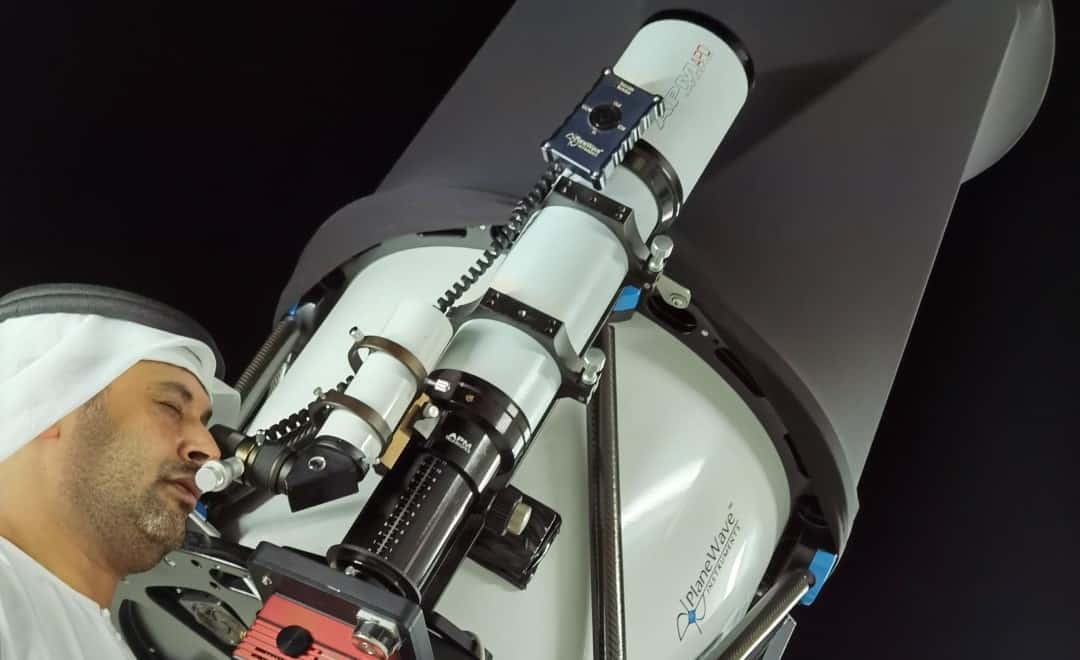The Emirates Astronomical Observatory (EAO) announced on Tuesday the discovery of three Variable stars which were named after Sheikh Zayed bin Sultan Al Nahyan, ther founder of the United Arab Emirates.
The discovery was made by EAO engineer Nezar Sallam in conjunction with the World Space Week, which concluded on December 14, and was recorded in the ‘The International Variable Star Index’ .
”The new discovery has been officially registered and recognized at the American Association of Variable Star Observers (AAVSO) and the adoption of the star name in the International Variable Star Index,” Sallam said. “In this way, the Emirates Astronomical Observatory has recorded a new scientific achievement in addition to the discovery announced late last year, which was represented by its co-discovery of two new planets that were formed about a billion years ago outside the boundaries of the solar system.”
Some of the star discovery was made directly through the observatory equipment, as is the case with the star Zayed-V1 and through the use of data provided by the Transiting Exoplanet Survey Satellite (TESS) and All Sky Automated Survey for SuperNovae (ASAS-SN) survey satellites.
These stars were monitored by the EAO and their data was analyzed using software and mathematical algorithms, drawing their light curves in order to submit discovery reports, approval and registration after naming it.
The head of the observatory said that (Zayed Star V1), and the new name adopted in the catalog of variable stars index is (Zayed-V1), is located in the constellation called (Vulpecula). It is of the type of variable stars EW, which are stellar eclipses that occur with periods shorter than one day, which causes a discrepancy In the apparent brightness of a star and in the case of Zayed V1, the period is about 8 hours and occurs 3 times over a day.
The Variable Star (Zayed-V2), located in the stellar group called (Perseus). They are stars that rotate and pass in front of each other, causing a change in their luminosity and a blocking of their light emanating from them, as seen by an observer from the surface of the Earth.
The variable star (Zayed-V3) was discovered in the constellation called (Camelopardalis). It is of the type of DSCT, the spectral type of the star is A0, and the Mag. range is 8.27 V (Johnson V) by TESS .and shows variations in its brightness period 64.92 minutes.
Sallam explained that the stars were photographed using an Astronomical Observatory with a diameter of 0.6 meters, using a specialized astronomical camera at a cooling temperature of minus 30 degrees Celsius, an optical filter (Johnson V) and an optical filter (Sloan r) to provide accurate optical readings of the observed stars in order to be able to complete the process of discovery, registration and official recognition.








